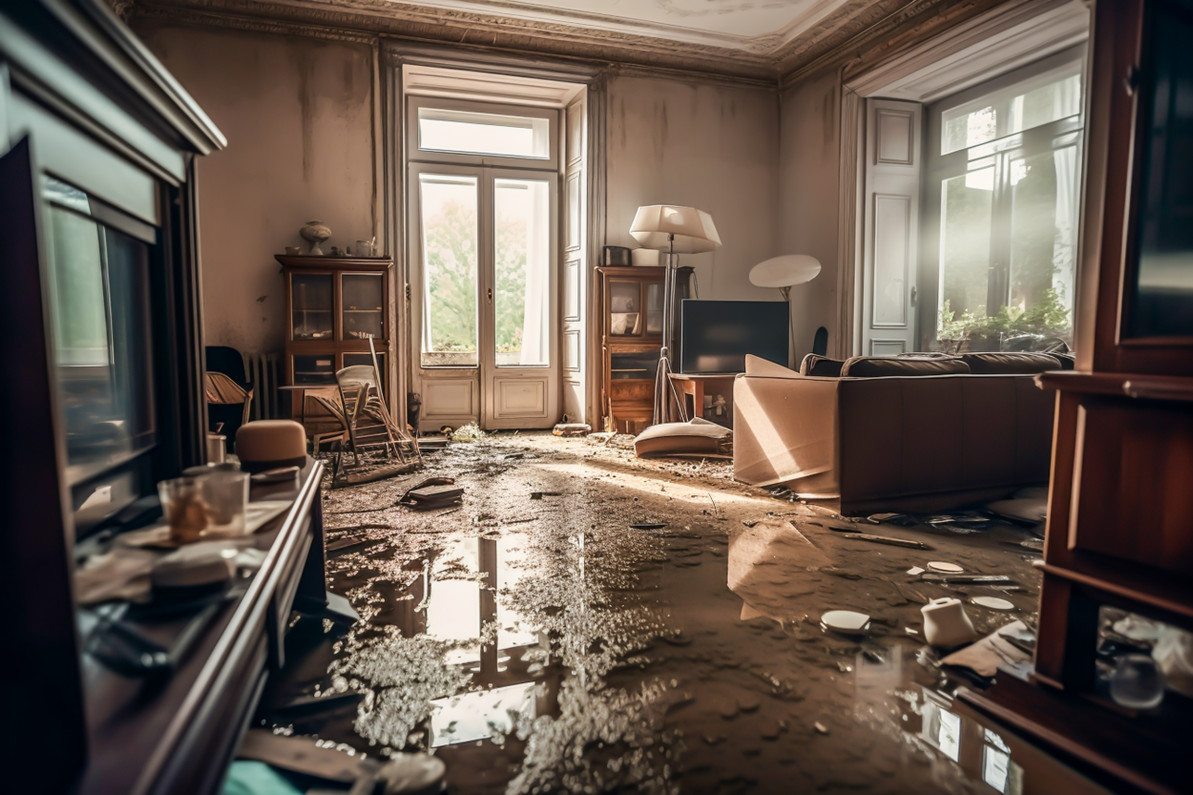The Complete Process of Water Damage Restoration: What Every Professional Needs to Know
Water damage restoration is more than just extracting water and drying carpets—it's a complex process that requires technical skill, attention to detail, and excellent communication. Whether you're new to restoration or just want to ensure your team follows best practices, here’s a full breakdown of what a successful water damage job should look like from start to finish.
1. Quoting the Job Correctly
Before a single tool is brought on-site, it’s critical to quote the job accurately. This includes:
- Assessing the Class and Category of Water Damage (I–III; clean, gray, or black water)
- Measuring affected square footage
- Identifying affected materials (drywall, subfloor, insulation, etc.)
- Documenting everything with photos and moisture readings
Use industry-standard software like Xactimate or Dash to ensure your quote is consistent with what insurance companies expect.
2. Flood Water Extraction
Time is of the essence. Begin water extraction as quickly as possible using high-powered extractors or truckmount systems. Prioritize:
- Removing standing water
- Extracting from porous surfaces (carpets, padding, wood, etc.)Preventing migration to unaffected areas
3. Mold Testing and Inspection
If the water has been sitting for 48 hours or more, mold is likely a concern. Use:
- Moisture meters and thermal imaging cameras to locate hidden damp area
- Mold test kits or swab testing to identify presence and type of mold
- Documentation for insurance or third-party hygienist involvement
4. Creating Containment Areas
Containment is key to preventing cross-contamination. Use:
- 6-mil poly sheeting
- Zip walls and zippers for access points
- Painter’s or restoration-grade tape to seal off rooms
For more serious cases, consider setting up negative air pressure using HEPA scrubbers vented outside.
5. Demolition (If Needed)
If materials are non-salvageable or harbor mold, demolition is required. Be cautious:
- If you have a Contractor’s License, you can handle demo in-house
- If not, subcontract the demolition to a licensed, certified professional
- Always follow OSHA, EPA, and local regulations for disposal and site safety
Remove wet drywall, baseboards, insulation, or flooring as needed to reach a “dry line.”
6. Drying Equipment Setup
This is the science behind restoration. Use a combination of:
- Dehumidifiers (LGR or desiccant) to control humidity
- Air movers to create circulation and push moisture into the air
- HEPA air scrubbers for mold, fire, or contaminated losses
Correct placement and quantity is crucial. Follow IICRC S500 guidelines and use psychrometrics to monitor progress.
7. Mold Treatment and Inhibitors
Once the space is dry, treat all affected surfaces:
- Antimicrobial agents to kill remaining mold spores
- Mold growth inhibitors to prevent future problems
- HEPA vacuuming and wiping of all hard surfaces
This step is essential, especially if you're working under a mold protocol from a hygienist.
8. Fire Damage? Degrease and Clean First
If the water damage stems from firefighting efforts, there’s another layer of complexity:
- Use degreasers to clean smoke and soot off walls and ceilings
- Neutralize odors with ozone, hydroxyl, or odor-encapsulating products
- Ensure surfaces are clean before applying any antimicrobial or inhibitor
9. Working With Insurance Companies
Insurance billing can be tricky—but it’s also where most jobs are paid. Be ready to:
- Provide a detailed scope of work with photos, notes, and drying logs
- Use Xactimate for estimates that match industry standard pricing
- Communicate directly with adjusters and submit paperwork quickly
Make sure your documentation justifies the labor, materials, and equipment used.
10. Communicating With Clients and Setting Expectations
Finally, none of this matters without strong communication with the homeowner or property manager. Be clear about:
- How long the job will take (typically 3–5 days for drying, plus repairs)
- What they can expect to see and hear (fans, plastic walls, demo debris)
- The possibility of mold remediation or insurance delays
- Their role in helping the process go smoothly (staying out of containment, signing docs, etc.)
The more you educate your client, the fewer surprises (and complaints) they’ll have.
✅ Wrapping It Up
Water damage restoration isn’t a single-service job—it’s a full spectrum of assessment, extraction, containment, drying, decontamination, and communication. Doing it right requires the right tools, the right training, and the right mindset.
At Clean Quest Products, we supply the tools and chemicals restoration pros rely on—from air movers and HEPA scrubbers to mold inhibitors and containment materials.
Need help outfitting your team or pricing a job?
Reach out or shop our selection at CleanQuestProducts.com. We’re here to support restoration professionals every step of the way.
Recent Posts
-
Everything You Need to Start Cleaning Carpet Like a Pro
Starting a carpet cleaning business—or expanding your services to include carpet care—can be an exc …Aug 18th 2025 -
What's the Best Powdered Prespray?
What's the Best Powdered Prespray? Choosing the right powdered carpet prespray can make or break y …Jul 15th 2025 -
How to Grow Your Cleaning Business Sustainably
If you’re looking to grow your cleaning business—whether you offer carpet cleaning, janitorial servi …Jun 3rd 2025



